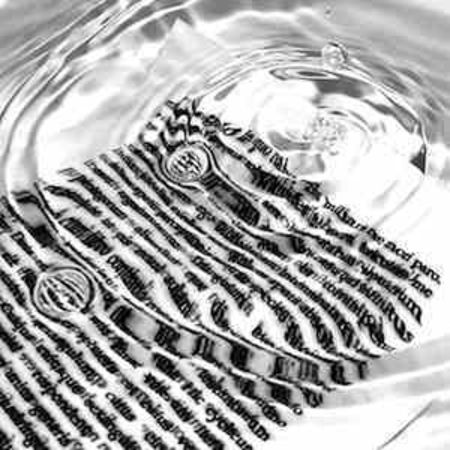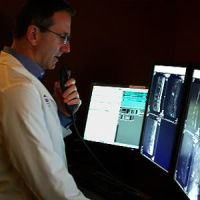Sound physician communication is a critical component of quality care delivery. Certain words and phrases carry different meanings for radiologists and clinicians, thus care must be taken to compose a radiology report that accurately conveys the opinion of the interpreting radiologist, according to a study published in the journal Current Problems in Diagnostic Radiology.
Radiology is largely conceived as image viewing and interpretation. Image interpretation and translation into written language is an imperfect process. There are common subjective phrases in radiology, which are used without any formal consensus even among the radiologists. Yet, the radiology report represents the link between radiologist's opinion and patient's images.
Increased access to images through remote viewing stations has made direct communication between radiologists and clinicians less commonplace. Thus, an accurate and consistent report of the interpreted image is just as important as the interpretation itself. The current study examined how accurately the descriptive contents within radiology reports convey the feelings of the radiologist to the referring clinician. Researchers hypothesised that certain commonly used words and phrases in radiology reports hold different connotations for radiologists and clinicians.
Researchers designed a two-part survey: Medical speciality, level of training, and number of radiology reports read/week was contained in part I, while part II concerned the quantification of radiologists' diagnostic confidence in range percentages based on specific words and phrases. These voluntary surveys were emailed to all faculty at a single university medical centre. Additional paper surveys were randomly distributed to medical students, residents, and physicians.
A total of 100 completed surveys were collected (33 radiologists and 67 non-radiologists). Direct comparisons were made between the survey answers from radiologists and non-radiologists. Percentile ranges for most radiologists and non-radiologists were in agreement in 25/36 questions. However, the absolute percentage value was somewhat variable. 11/36 questions generated discrepancy between radiologists and non-radiologists. The following words and phrases were in disagreement: “diagnostic of”, “consistent with”, “compatible with”, “evidence of”, “may represent”, “normal”, “degraded by artefact”, “obscured detail”, “mildly limited”, “moderately limited”, and “nondiagnostic”.
"The vast majority of radiologists compose reports with at least some degree of structure, though variable in degree, ranging from free form prose to organ-specific text. Previous literature has demonstrated conflicting views regarding the effect of structured reporting. Although controversial, a structured lexicon reduces variations in communication and can improve quality of information delivery," the study says.
With structured reporting becoming more prevalent, the authors said radiology lexicon should be defined in a more concrete manner. "A consensus should be reached between the clinician and the radiologist for subjective descriptors, and ambiguous terms should be eliminated," the authors added.
Source: Current Problems in Diagnostic Radiology
Image credit: freeimages.com



























